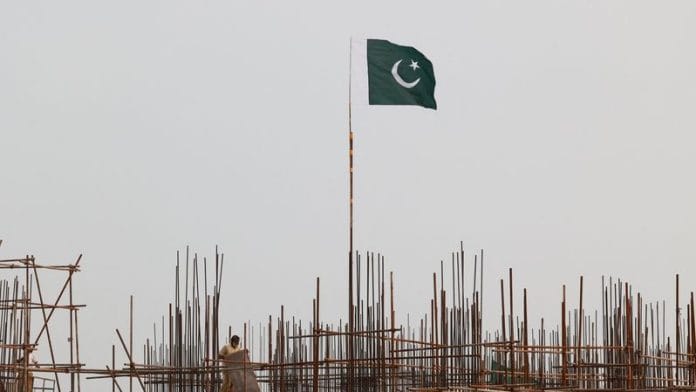New Delhi: Pakistan’s first-ever Economic Census in 78 years has shattered the myth that industry is the largest job creator in the country. Micro and small enterprises, it turns out, drive Pakistan’s economy. And that’s not the only surprise from the report. The country has fewer schools and hospitals than mosques.
According to the census, the country has just 23,000 factories, while the services sector employs the largest share of the workforce.
“That Pakistan went 78 years since independence without an economic census speaks volumes about the state’s neglect and shortsightedness,” wrote Pakistani newspaper Business Recorder in its editorial on Monday.
More mosques than schools
The census, officially released on Thursday by Planning Minister Ahsan Iqbal, also revealed that the country has fewer schools than mosques and religious seminaries. While there are 6 lakh mosques and 36,000 seminaries, there are only 2.69 lakh schools. It also has only 1.19 lakh hospitals.
The country has more mosques than factories or schools. Pakistanis are not surprised. “In this country, belief is given more importance than consciousness and reason,” read an X post.
The editorial noted that the census has shed light on broader societal and socio-economic realities—identifying 36,000 religious seminaries across the country. While their rapid growth has been widely discussed since the Zia era, this is the first time their number has been accurately documented.
“This quantification raises important questions about the role such institutions play in shaping education, labour markets and the country’s broader socio-political trajectory,” the editorial added.
Also read: Lahore police arrests Imran Khan’s nephew—Pakistanis say ‘silencing dissent’
Pakistan’s economy
According to the census, Pakistan is primarily a services-driven economy. Of the 2.54 crore jobs recorded in formal establishments, 45 per cent (around 1.12 crore) are in the services sector, compared to 30 per cent in the social sector and just 22 per cent in production or manufacturing.
The economy is largely powered by micro and small enterprises. Out of approximately 72 lakh business establishments, 95 per cent employ fewer than 10 people. Among these, 32 lakh are involved in retail, wholesale, and motor trade, 11 lakh operate in agriculture, and about 6.96 lakh are manufacturing units.
Provincially, Punjab has the largest share of the workforce with 1.36 crore workers, followed by Sindh (57.1 lakh), Khyber Pakhtunkhwa (39.8 lakh), and Balochistan (13.8 lakh). The Islamabad Capital Territory (ICT) region has 6.22 lakh workers, with a strong tilt toward public administration. Khyber Pakhtunkhwa’s workforce is heavily concentrated in the social sector.
However, there were concerns about the data as well. Pakistani economist Yousuf Nazar pointed out on X that while this census puts the Pakistan workforce at 2.54 crore, a World Bank report in 2020 put the size at 5.6 crore in 2017. The numbers don’t match.
This census puts Pakistan workforce at 25.4 million. A World Bank report in 2020 put the size at 56 million in 2017???
— Yousuf Nazar (@YousufNazar) August 22, 2025
Others focused on larger issues. “Pakistan’s economy is overwhelmingly small-scale, service-sector driven, & regionally uneven,” public policy analyst Zehra Farooq wrote on X.
Civilians also questioned the need for the seminaries. “Mosques consume money, while factories generate money. It’s fine to have mosques, but what is the need for these seminaries that are producing more clerics, who in turn require more mosques for employment, only to spread further division,” Pakistani X user Ibn Mushwani wrote.
(Edited by Prasanna Bachchhav)






